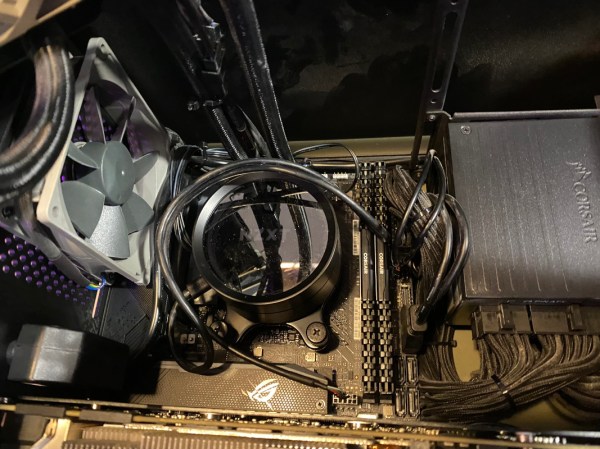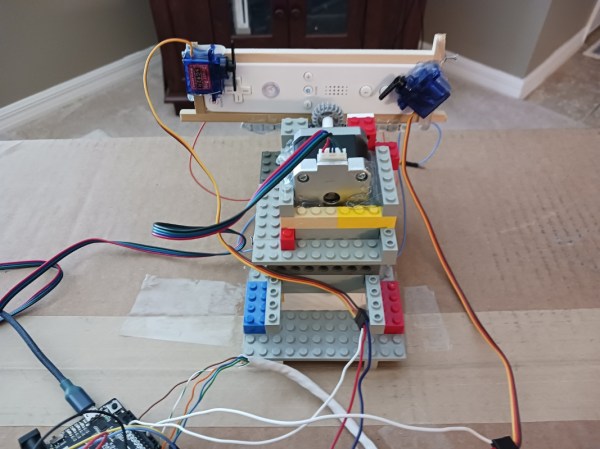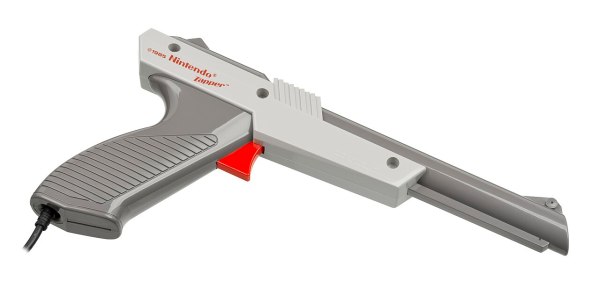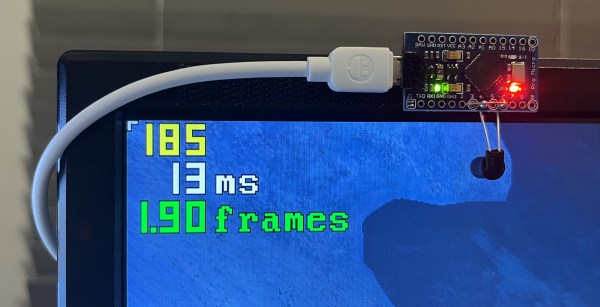Cloud gaming services allow even relatively meager devices like set top boxes and cheap Chromebooks play the latest and greatest titles. It’s not perfect of course — latency is the number one issue as the player’s controller inputs need to be sent out to the server — but if you’ve got a fast enough connection it’s better than nothing. Interested in experimenting with the tech on your own terms? The open source Games on Whales project is here to make that a reality.
As you might have guessed from the name, Games on Whales uses Linux and Docker as core components in its remote gaming system. With the software installed on a headless server, multiple users can create virtual desktop environments on the same machine, with each spawning as a separate process on the host computer. This means that all of the hardware of the host can be shared without needing to do anything complicated like setting up GPU pass-through. The main Docker container can spin up more containers as needed.
Of course there will obviously be limits to what any given hardware configuration will be able to support in terms of number of concurrent users and the demands of each stream. But for someone who wants to host a server for their friends or something even simpler like not having to put a powerful gaming PC in the living room, this is a real game-changer. For those not up to speed on Docker yet, we recently featured a guide on getting started with this powerful tool since it does take some practice to wrap one’s mind around at first.


















